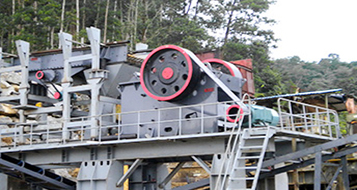Iron ore grades are classified based on their iron (Fe) content and impurities, which determine their suitability for different industrial applications. Here’s a breakdown of the key grades and their typical uses:
 1. High-Grade Iron Ore (Fe ≥ 62%)
1. High-Grade Iron Ore (Fe ≥ 62%)
– Types:
– Lump Ore (6–30mm)
– Sinter Feed (Fines, <6mm)
– Pellet Feed (Ultra-fines, <0.15mm, beneficiated into pellets)
– Usage:
– Direct feed into blast furnaces (BF) or direct reduction (DR) plants for steelmaking.
– Preferred for high-efficiency steel production due to low impurities (SiO₂, Al₂O₃, P, S).
– Pellets are used in electric arc furnaces (EAFs) via DRI (Direct Reduced Iron).
.jpg) 2. Medium-Grade Iron Ore (~58–62% Fe)
2. Medium-Grade Iron Ore (~58–62% Fe)
– Types:
– Sinter feed or beneficiated fines.
– Usage:
– Often blended with high-grade ore to improve cost efficiency.
– Requires sintering or pelletizing before BF use due to higher gangue content.
3. Low-Grade Iron Ore (<58% Fe)
– Types:
– Unprocessed run-of-mine ore or tailings.
– Usage:
– Requires beneficiation (crushing, grinding, magnetic separation, flotation) to upgrade Fe content.
– Used in low-cost steel production when blended with higher-grade ores.
4. Magnetite vs. Hematite
– Magnetite (Fe₃O₄, ~72% Fe in pure form):
– High magnetic properties allow easy beneficiation into high-grade concentrate (~65–70% Fe).
– Used for premium pellets in DR plants and BF operations.
– Hematite (Fe₂O₃, ~70% Fe in pure form):
– More common but often lower grade after impurities; used as lump/sinter feed or beneficiated into pellets.
5. Specialty Ores
– Direct Shipping Ore (DSO): Naturally high-grade (~60–65% Fe), shipped without processing (e.g., Brazilian hematite





Leave a Reply